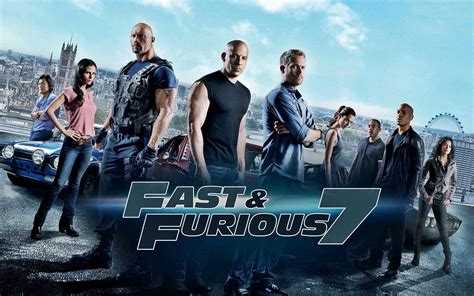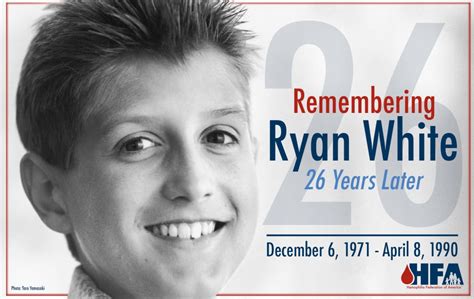The highly anticipated seventh installment of the Fast and Furious franchise, Furious 7, hit theaters in 2015, marking a pivotal moment in the series. Released during a time of immense grief for the cast, crew, and fans alike, due to the tragic death of Paul Walker, the film pays heartfelt tribute to his memory while maintaining the high-octane action and heartfelt camaraderie that defines the franchise.
A Bittersweet Production
Production on Furious 7 wasnt without its challenges. The sudden and tragic loss of Paul Walker in November 2013 left a gaping hole in the production. The team, led by director James Wan, faced the daunting task of completing the film in a way that would honor Walkers legacy and ensure the continuity of the story. Utilizing a combination of body doubles, special effects, and footage shot prior to Walkers passing, the filmmakers managed to incorporate Brian OConner, Walkers character, into the narrative in a respectful and meaningful way.
Plot Overview
Furious 7 kicks off with Dominic Toretto (Vin Diesel) and his crew living their lives after taking down Owen Shaw. However, a new adversary emerges in the form of Deckard Shaw (Jason Statham), Owens vengeful brother, who seeks to avenge his brothers defeat. As Deckard begins to hunt down Dom and his team, they are forced back into action, this time on a mission to take down a terrorist known as Jakande, who has possession of a device known as the “Gods Eye,” a surveillance technology that can track anyone, anywhere.
High-Stakes Action and Emotion
One of the standout features of Furious 7 is its non-stop action sequences, which include a head-spinning premiere fight scene in Abu Dhabi, a perilous mountain trek, and a thrilling final showdown in Los Angeles. Each sequence is meticulously choreographed and filmed, showcasing the franchises trademark blend of cars, guns, and hand-to-hand combat. The films climactic jump between the Etihad Towers in Abu Dhabi, featuring a $3.4 million Lykan HyperSport, is particularly memorable, encapsulating the films emphasis on action and spectacle.
However, amidst all the adrenaline-fueled excitement, Furious 7 also delves deeply into themes of family, loyalty, and legacy. The bond between the characters, forged over years of shared adventures and hardships, is palpable, and the emotional weight of Walkers departure is handled with grace and dignity. The film culminates in a poignant tribute to Walker and his character, Brian OConner, bringing the narrative full circle in a heartwarming and tear-jerking finale.
Impact and Legacy
Furious 7 was a critical and commercial success, earning widespread acclaim for its respectful handling of Paul Walkers character and its relentless action sequences. The film grossed over $1.5 billion worldwide, becoming one of the highest-grossing films of 2015 and setting the stage for the future installments of the franchise. It also sparked a renewed interest in the series, with many viewers revisiting the earlier films and evangelizing about the unique blend of action, drama, and camaraderie that defines the Fast and Furious experience.
Behind the Scenes
The making of Furious 7 involved a plethora of innovative techniques and technological advancements. The films action sequences, for example, utilized a combination of practical stunts and CGI to achieve the desired level of realism and spectacle. The use of drones for filming added a new dimension to the cinematography, allowing for breathtaking aerial shots that enhanced the visual appeal of the action sequences.
Moreover, the incorporation of Paul Walkers brothers, Caleb and Cody Walker, as body doubles for certain scenes, was a touching gesture that helped maintain the continuity and authenticity of the film. The film’s editor, Christian Wagner, spoke about the complexity of weaving the narrative to accommodate the existing footage of Paul Walker, ensuring that his character’s storyline was respectful and meaningful.
Conclusion
Furious 7 stands as a testament to the enduring appeal of the Fast and Furious franchise, a series that has evolved from its roots as a straightforward street racing film into a global phenomenon, celebrating cars, action, and most importantly, the unbreakable bonds of family and friendship. With its unique blend of high-octane action, heartfelt emotion, and a respectful tribute to Paul Walkers memory, Furious 7 is not just a film; it’s a celebration of life, friendship, and the power of cinema to bring people together.
What was the main challenge faced during the production of Furious 7?
+The main challenge was the sudden and tragic loss of Paul Walker, which required the filmmakers to incorporate his character into the narrative in a respectful and meaningful way using body doubles, special effects, and existing footage.
How did the film pay tribute to Paul Walker's memory?
+The film paid tribute through a heartfelt conclusion that wrapped up Brian O'Conner's storyline, ensuring a dignified and emotional sendoff for the character and the actor who portrayed him.
What were some of the key action sequences in Furious 7?
+The film featured several memorable action sequences, including a fight scene in Abu Dhabi, a mountain rescue, and a final showdown in Los Angeles, each showcasing the franchise's trademark blend of cars, guns, and hand-to-hand combat.
In the context of the Fast and Furious franchise, Furious 7 represents a pivotal moment, not just for its action-packed narrative but for the emotional depth it brings to the table. It reminds viewers of the importance of family, loyalty, and the unbreakable bonds formed through shared experiences, all while delivering on the high-octane entertainment that fans of the series have come to expect. Whether you’re a longtime fan of the franchise or a newcomer drawn in by the films’ reputation, Furious 7 is an unforgettable ride that will leave you on the edge of your seat and perhaps, occasionally, reaching for a tissue.



